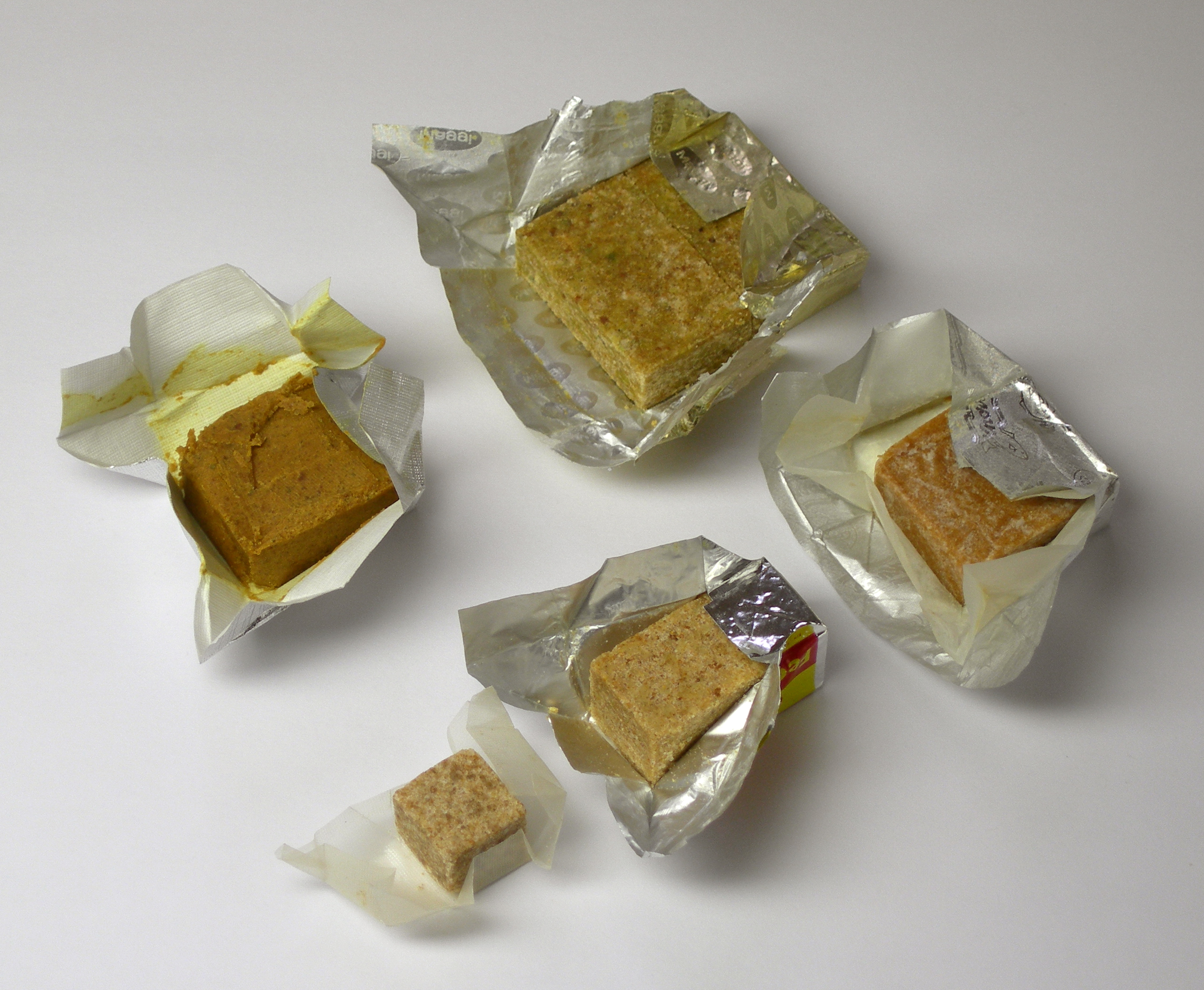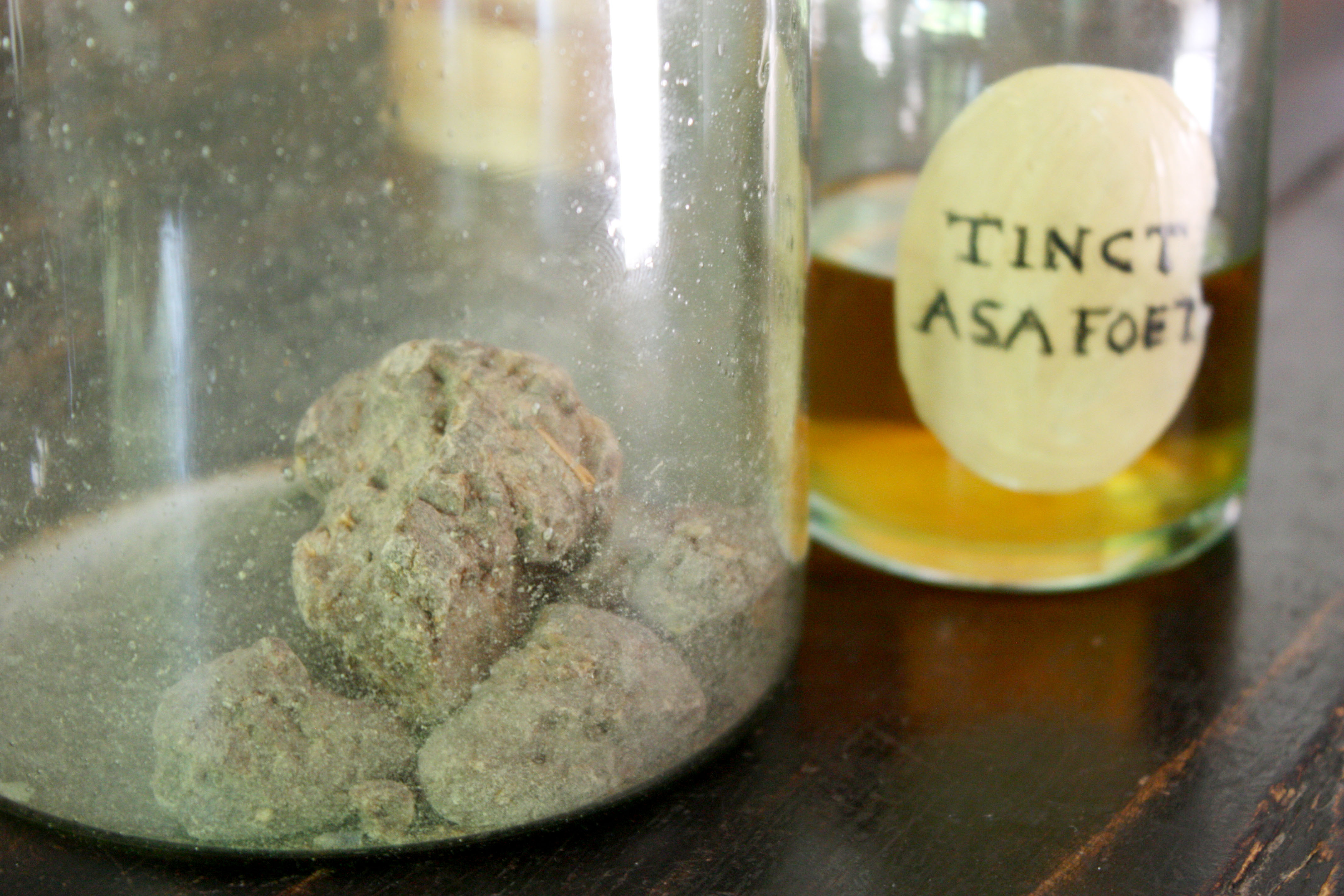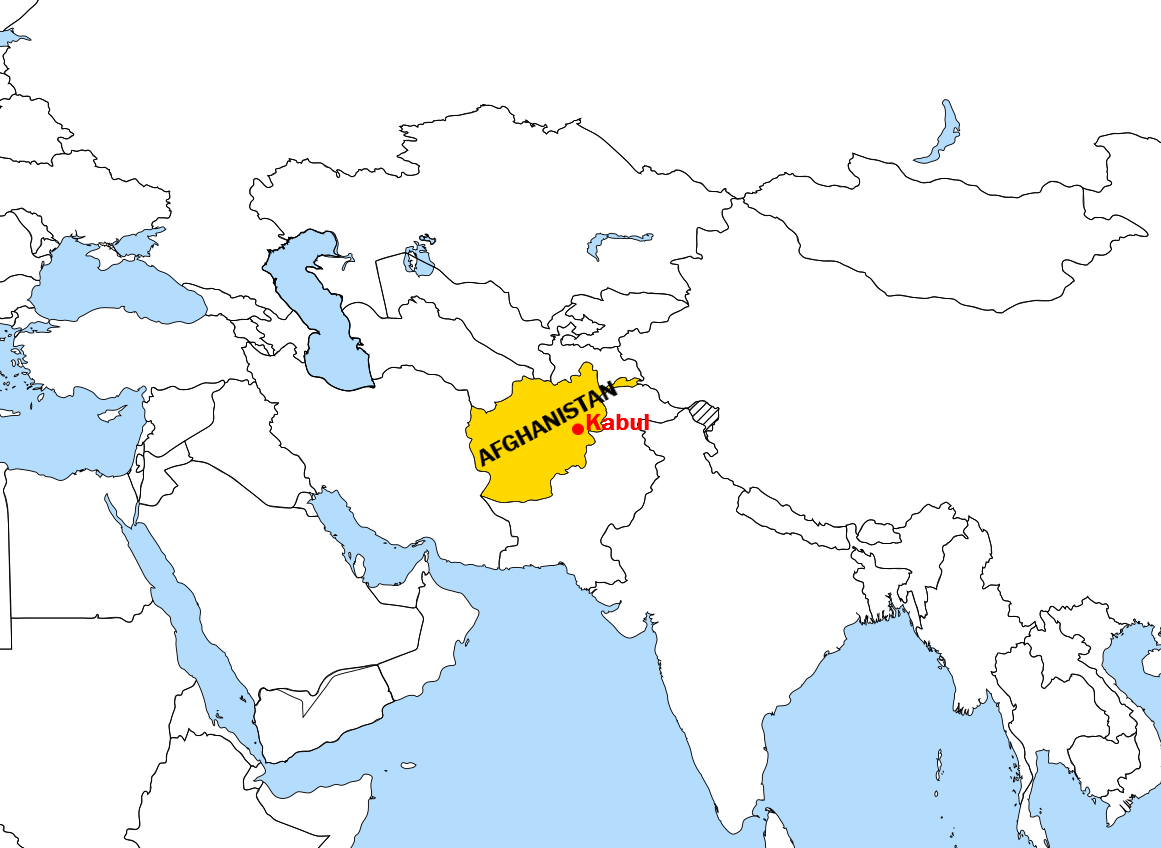|
Lahndi (food)
''Lahndi (or prescriptive; Landai)'', (Pashto; لاندی lan: da'ɪ) also known as dried meat, is a dish common in Pashtun cuisine">dried_meat.html" ;"title="lan: da'ɪ) also known as dried meat">lan: da'ɪ) also known as dried meat, is a dish common in Pashtun cuisine of salt-cured meat mostly reɡions with dry and cold weather. Consumption of ''lahndi'' is common during the winter months. Sheep are specially fattened so that their flesh may be more suitable for preparing ''lahndi''. Method ''Lahndi'' is usually prepared from lamb and sheep, although it can also be made from beef. It is prepared as follows. First a lamb or sheep is slaughtered in the Islamic way, i.e., ''halal''. Then the wool is separated in a proper and skilled way, leaving only the skin. After that, the remaining hairs on the skin are burned away with fire, after which the meat is wiped to get rid of the carbon deposits. Then the meat is cut into smaller pieces and rubbed with salt to prevent bacteria. It is ... [...More Info...] [...Related Items...] OR: [Wikipedia] [Google] [Baidu] |
Pashto
Pashto (,; , ) is an Eastern Iranian language in the Indo-European language family. It is known in historical Persian literature as Afghani (). Spoken as a native language mostly by ethnic Pashtuns, it is one of the two official languages of Afghanistan alongside Dari,Constitution of Afghanistan �''Chapter 1 The State, Article 16 (Languages) and Article 20 (Anthem)''/ref> and it is the second-largest provincial language of Pakistan, spoken mainly in Khyber Pakhtunkhwa and the northern districts of Balochistan. Likewise, it is the primary language of the Pashtun diaspora around the world. The total number of Pashto-speakers is at least 40 million, (40 million) although some estimates place it as high as 60 million. Pashto is "one of the primary markers of ethnic identity" amongst Pashtuns. Geographic distribution A national language of Afghanistan, Pashto is primarily spoken in the east, south, and southwest, but also in some northern and western parts of the country. The ... [...More Info...] [...Related Items...] OR: [Wikipedia] [Google] [Baidu] |
Dried Meat
Dried meat is a feature of many cuisines around the world. Examples include: *Kulen Slanina Pečenica *Aliya, sun-dried meat from Kenya * Bakkwa or rougan, Chinese salty-sweet dried meat sheets. * Biltong, a cured meat that originated in Southern Africa. * ''Bògoǫ'', a dried and smoked meat, often caribou, of the Dené people of northern Canada. * Borts, air-dried strips of horse or cow meat used as traveling food or to last the winter in Mongolia. Often ground into powder and mixed with water to create soup. * Bresaola, air-dried salted beef originally from the Valtellina valley in northern Italy. * Brési, made in the canton of Jura and in Jura Bernois in Switzerland and in the department of Doubs in France. * Bündnerfleisch, air-dried meat from Kanton Graubünden in Switzerland. * Carne-de-sol, sun-dried salt beef from Brazil. * Carne seca, air-dried meat from Mexico. * Cecina, lightly smoked, dried, and salted meat from northwestern Spain (Asturias, León, Cantabria), ... [...More Info...] [...Related Items...] OR: [Wikipedia] [Google] [Baidu] |
Pashtun Cuisine
Pashtun cuisine ( ps, پښتنۍ خواړه) refers to the cuisine of the Pashtun people and is covered under both Afghan and Pakistani cuisines. It is largely based on meat dishes including mutton, beef, chicken, and fish as well as rice and some other vegetables. Accompanying these staples are dairy products (yogurt, whey, cheeses), various nuts, local vegetables, and fresh and dried fruits. Peshawar, Kabul, Kandahar, Quetta and Islamabad are centers of Pashtun cuisine. Popular food items The following is an incomplete list of food items that Pashtuns enjoy eating. * Afghan burger * Aush (hand made noodles) * Aushak (vegetable and chive-filled dumplings topped with tomato and yogurt sauces) * Bolani, also called Piraki in some parts of Afghanistan * Badenjan (cooked eggplant in oil with potatoes and tomatoes) * Bhindi (cooked okra in oil with potatoes and tomatoes) * Biryani * Chapli kabab * Chopan Kabab (lamb chops, skewered and grilled on charcoal) * Dodai (a flat bread ... [...More Info...] [...Related Items...] OR: [Wikipedia] [Google] [Baidu] |
Sheep
Sheep or domestic sheep (''Ovis aries'') are domesticated, ruminant mammals typically kept as livestock. Although the term ''sheep'' can apply to other species in the genus ''Ovis'', in everyday usage it almost always refers to domesticated sheep. Like all ruminants, sheep are members of the order Artiodactyla, the even-toed ungulates. Numbering a little over one billion, domestic sheep are also the most numerous species of sheep. An adult female is referred to as a ''ewe'' (), an intact male as a ''ram'', occasionally a ''tup'', a castrated male as a ''wether'', and a young sheep as a ''lamb''. Sheep are most likely descended from the wild mouflon of Europe and Asia, with Iran being a geographic envelope of the domestication center. One of the earliest animals to be domesticated for agricultural purposes, sheep are raised for fleeces, meat (lamb, hogget or mutton) and milk. A sheep's wool is the most widely used animal fiber, and is usually harvested by shearing. In Commonw ... [...More Info...] [...Related Items...] OR: [Wikipedia] [Google] [Baidu] |
Halal
''Halal'' (; ar, حلال, ) is an Arabic word that translates to "permissible" in English. In the Quran, the word ''halal'' is contrasted with ''haram'' (forbidden). This binary opposition was elaborated into a more complex classification known as " the five decisions": mandatory, recommended, neutral, reprehensible and forbidden. Islamic jurists disagree on whether the term ''halal'' covers the first two or the first four of these categories. In recent times, Islamic movements seeking to mobilize the masses and authors writing for a popular audience have emphasized the simpler distinction of ''halal'' and ''haram''. The term ''halal'' is particularly associated with Islamic dietary laws and especially meat processed and prepared in accordance with those requirements. In the Quran The words ''halal'' and ''haram'' are the usual terms used in the Quran to designate the categories of lawful or allowed and unlawful or forbidden. In the Quran, the root h-l-l denotes lawfuln ... [...More Info...] [...Related Items...] OR: [Wikipedia] [Google] [Baidu] |
Salt
Salt is a mineral composed primarily of sodium chloride (NaCl), a chemical compound belonging to the larger class of salts; salt in the form of a natural crystalline mineral is known as rock salt or halite. Salt is present in vast quantities in seawater. The open ocean has about of solids per liter of sea water, a salinity of 3.5%. Salt is essential for life in general, and saltiness is one of the basic human tastes. Salt is one of the oldest and most ubiquitous food seasonings, and is known to uniformly improve the taste perception of food, including otherwise unpalatable food. Salting, brining, and pickling are also ancient and important methods of food preservation. Some of the earliest evidence of salt processing dates to around 6,000 BC, when people living in the area of present-day Romania boiled spring water to extract salts; a salt-works in China dates to approximately the same period. Salt was also prized by the ancient Hebrews, Greeks, Romans, Byzantines, ... [...More Info...] [...Related Items...] OR: [Wikipedia] [Google] [Baidu] |
Asafoetida
Asafoetida (; also spelled asafetida) is the dried latex ( gum oleoresin) exuded from the rhizome or tap root of several species of ''Ferula'', perennial herbs growing tall. They are part of the celery family, Umbelliferae. Asafoetida is thought to be in the same genus as silphium, a North African plant now believed to be extinct, and was used as a cheaper substitute for that historically important herb from classical antiquity. The species are native to the deserts of Iran and mountains of Afghanistan where substantial amounts are grown. Asafoetida has a pungent smell, as reflected in its name, lending it the trivial name of "stinking gum". The odor dissipates upon cooking; in cooked dishes, it delivers a smooth flavour reminiscent of leeks or other onion relatives. Asafoetida is also known colloquially as "devil's dung" in English (and similar expressions in many other languages). Etymology and other names The English name is derived from ''asa'', a latinised form of Pers ... [...More Info...] [...Related Items...] OR: [Wikipedia] [Google] [Baidu] |
List Of Dried Foods
This is a list of dried foods. Food drying is a method of food preservation that works by removing water from the food, which inhibits the growth of bacteria and has been practiced worldwide since ancient times to preserve food. Where or when dehydration as a food preservation technique was invented has been lost to time, but the earliest known practice of food drying is 12,000 BC by inhabitants of the modern Middle East and Asia."Historical Origins of Food Preservation". Accessed June 2011. Dried foods Processed foods B  ...
...
[...More Info...] [...Related Items...] OR: [Wikipedia] [Google] [Baidu] |
List Of Lamb Dishes
This is a list of lamb and mutton dishes and foods. Lamb and mutton are terms for the meat of domestic sheep (species ''Ovis aries'') at different ages. A sheep in its first year is called a lamb, and its meat is also called lamb. The meat of a juvenile sheep older than one year is hogget; outside North America this is also a term for the living animal. The meat of an adult sheep is mutton, a term only used for the meat, not the living animal. Meat from sheep features prominently in several cuisines of the Mediterranean. Lamb and mutton are very popular in Central Asia and in India, where other red meats may be eschewed for religious or economic reasons. It is also very popular in Australia. Barbecued mutton is also a specialty in some areas of the United States (chiefly Owensboro, Kentucky) and Canada. Lamb dishes * Abgoosht – Iran * Alinazik kebab – Turkey * Aloo gosht – Northern Indian Subcontinent * Arrosticini – Abruzzo, Central Italy * Bakhsh - From the cu ... [...More Info...] [...Related Items...] OR: [Wikipedia] [Google] [Baidu] |
Dried Meat
Dried meat is a feature of many cuisines around the world. Examples include: *Kulen Slanina Pečenica *Aliya, sun-dried meat from Kenya * Bakkwa or rougan, Chinese salty-sweet dried meat sheets. * Biltong, a cured meat that originated in Southern Africa. * ''Bògoǫ'', a dried and smoked meat, often caribou, of the Dené people of northern Canada. * Borts, air-dried strips of horse or cow meat used as traveling food or to last the winter in Mongolia. Often ground into powder and mixed with water to create soup. * Bresaola, air-dried salted beef originally from the Valtellina valley in northern Italy. * Brési, made in the canton of Jura and in Jura Bernois in Switzerland and in the department of Doubs in France. * Bündnerfleisch, air-dried meat from Kanton Graubünden in Switzerland. * Carne-de-sol, sun-dried salt beef from Brazil. * Carne seca, air-dried meat from Mexico. * Cecina, lightly smoked, dried, and salted meat from northwestern Spain (Asturias, León, Cantabria), ... [...More Info...] [...Related Items...] OR: [Wikipedia] [Google] [Baidu] |
Lamb Dishes
Lamb or The Lamb may refer to: * A young sheep * Lamb and mutton, the meat of sheep Arts and media Film, television, and theatre * ''The Lamb'' (1915 film), a silent film starring Douglas Fairbanks Sr. in his screen debut * ''The Lamb'' (1918 film), a silent short comedy starring Harold Lloyd * ''The Lamb'' (2014 film), a 2014 Turkish-German film * ''The Lamb'' (2017 film), a 2017 American animated film * ''Lamb'' (1985 film), a 1985 drama starring Liam Neeson * ''Lamb'' (2015 American film), a 2015 American film by Ross Partridge * ''Lamb'' (2015 Ethiopian film), a 2015 Ethiopian film * ''Lamb'' (2021 film), a supernatural drama film starring Noomi Rapace * ''LaMB'', a 2009 animated telefilm * The Lambs, an American theatrical organization * ''The Lamb'', an uncompleted film project by Garth Brooks about the fictional musician Chris Gaines * "Lambs", an episode of the television series ''Teletubbies'' Literature * ''The Lamb'' (poem), a 1789 poem by William Blake * '' ... [...More Info...] [...Related Items...] OR: [Wikipedia] [Google] [Baidu] |
Afghan Cuisine
Afghan cuisine ( ps, افغان پخلی, translit=Afghan Pakhlai, ) is influenced by Persian, Central Asian and Indian cuisines due to Afghanistan's close proximity and cultural ties. The cuisine is mainly based on Afghanistan's main crops, such as wheat, maize, barley, and rice. Accompanying these staple grains are native fruits, vegetables, and dairy products, such as milk, yogurt, whey, pomegranates, grapes, and sweet melons. Most of the people's diet revolve around rice-based dishes, while naan bread is consumed with most meals. Tea is generally consumed daily in large quantities, and is a major part of hospitality. The culinary specialties reflect the nation's ethnic and geographic diversity. The national dish of Afghanistan is Kabuli palaw, a rice dish cooked with raisins, carrots, nuts and lamb or beef. Background The cuisine of Afghanistan has elements from various places, for example chillies or garam masala from India, coriander and mint from Iran, dumplings and noo ... [...More Info...] [...Related Items...] OR: [Wikipedia] [Google] [Baidu] |








